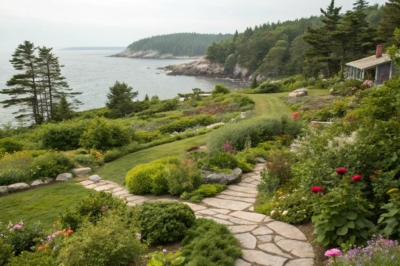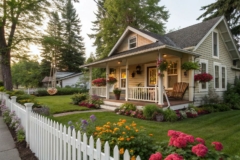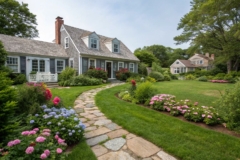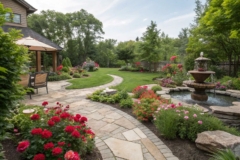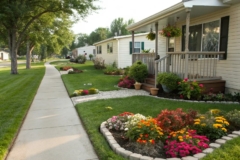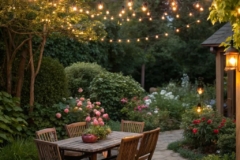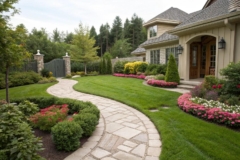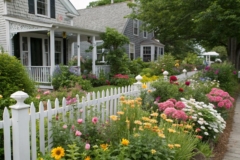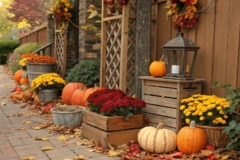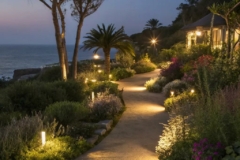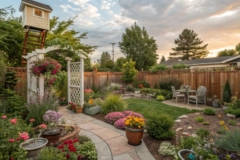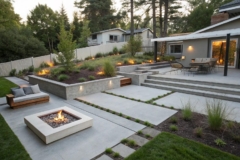1. Use Natural Stone Accents
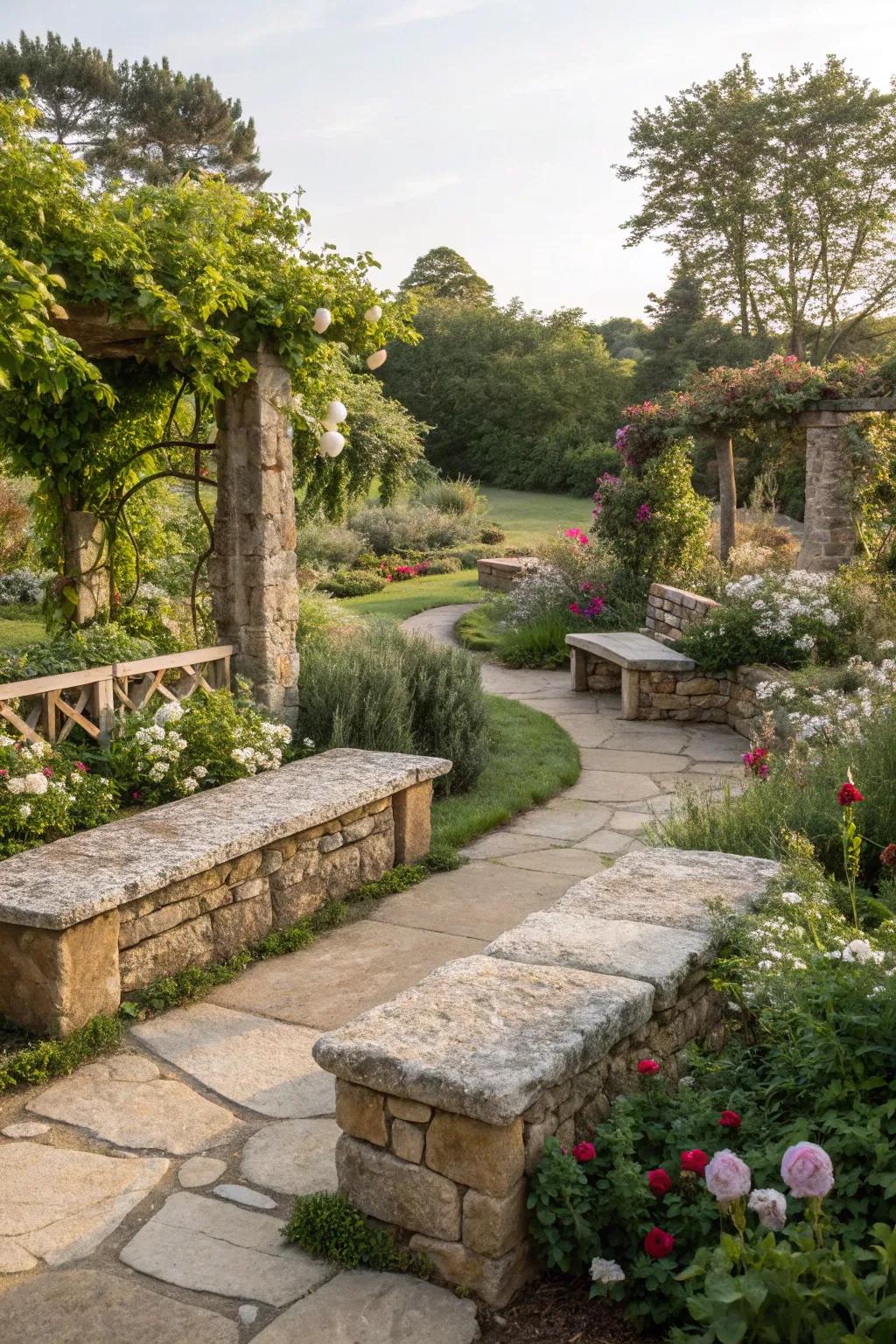
Natural stone accents can give your garden a rustic charm.
A few choices to try:
- Natural Stone Garden Edging: Define garden borders beautifully with natural stone edging for a clean and rustic look.
- Stone Retaining Wall Kit: Build elegant and sturdy retaining walls using easy-to-assemble natural stone kits.
- Outdoor Stone Bench: Enhance your garden with a durable stone bench, adding seating and style seamlessly.
2. Install Subtle Lighting
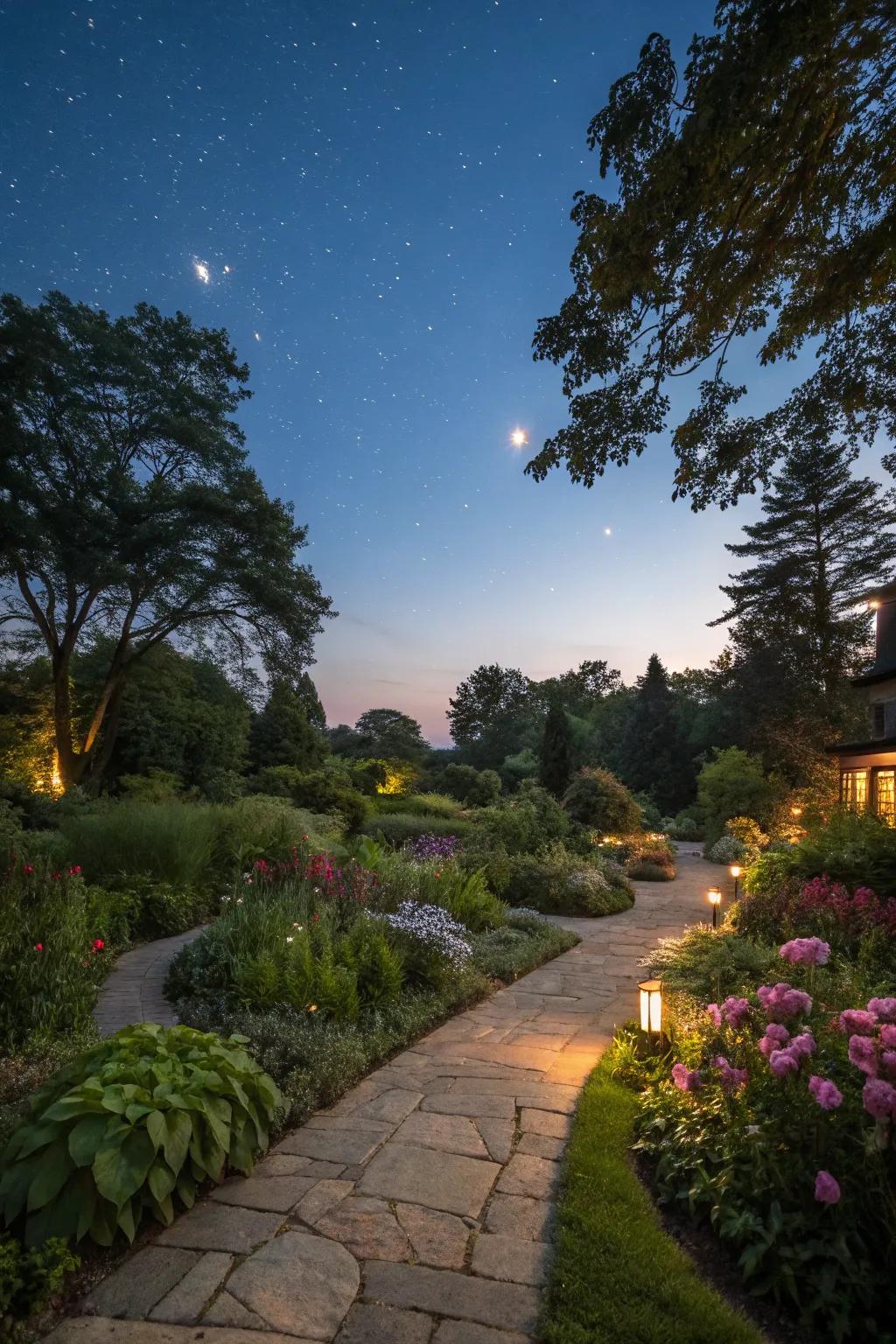
Subtle garden lighting can extend your enjoyment into the evening.
Maybe worth checking out:
- Solar Garden Path Lights: Illuminate your pathway with eco-friendly solar lights for a charming evening glow.
- LED String Lights: Create a whimsical atmosphere with energy-efficient LED string lights for your garden.
- Weather-Resistant Spotlights: Highlight garden features with adjustable weather-resistant spotlights for a dramatic nighttime look.
3. Craft Stone Pathways
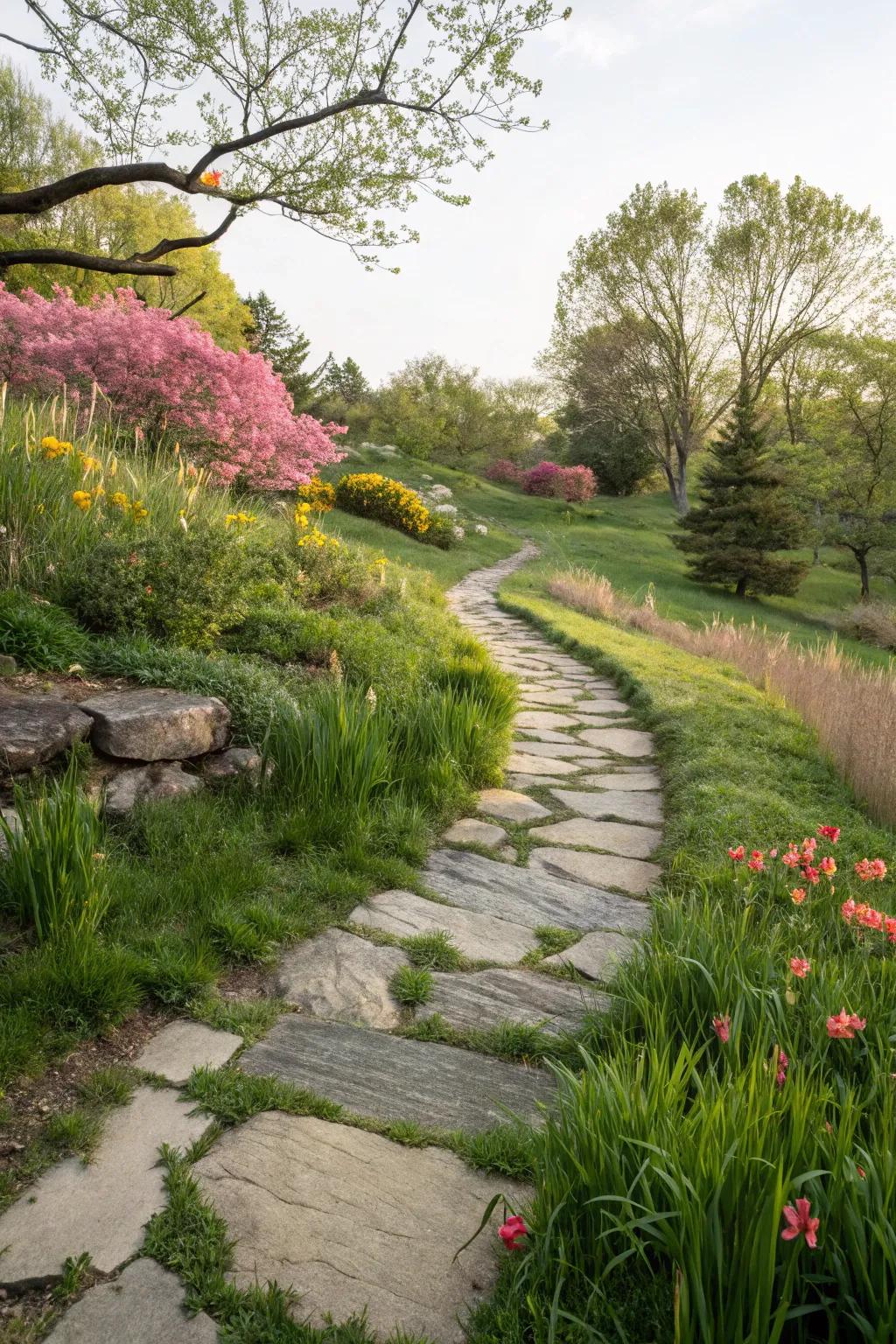
Stone pathways not only guide you through your garden but also add a timeless charm.
Possibly handy products:
- Garden Stepping Stones: Enhance your pathway with durable, decorative stepping stones. Create a welcoming, natural route today!
- Landscape Edging Kit: Define and beautify your stone pathways with easy-to-install landscape edging. Perfect your garden design!
- Outdoor LED Pathway Lights: Illuminate your stone pathways with solar-powered LED lights for safety and charm. Light your path!
4. Design a Secret Garden Nook
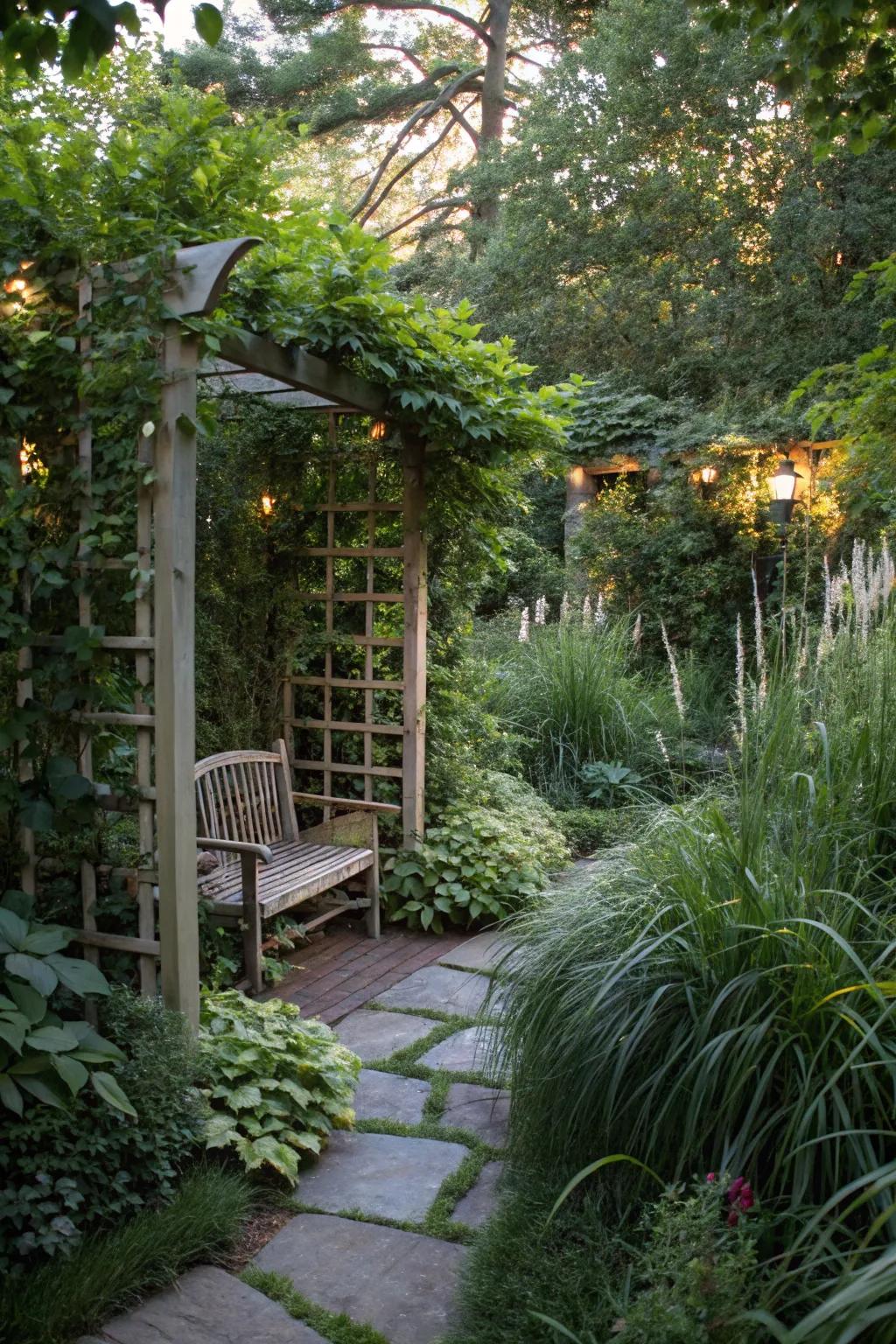
A hidden garden nook can be your little secret escape.
A few relevant products:
- Wooden Garden Trellis: Enhance your garden privacy with a wooden trellis; perfect for climbing plants or vines.
- Outdoor Garden Bench: Add a cozy seat to your nook with this charming outdoor garden bench for ultimate relaxation.
- Solar Garden Lights: Illuminate your secret garden with solar lights, creating a magical ambiance after sunset.
5. Embrace Maine’s Natural Woodlands

I’ve found that incorporating existing trees and woodland elements can create a serene escape right in your backyard.
Consider these options:
- Solar-Powered Garden Lights: Illuminate pathways and highlight trees with eco-friendly solar lights. Enjoy a magical woodland glow.
- Rustic Outdoor Benches: Add a cozy seating area with rustic benches to relax amidst natural woodland beauty.
- Decorative Garden Stones: Accent your garden with charming stones, enhancing the woodland atmosphere with earthy textures.
6. Use Raised Beds
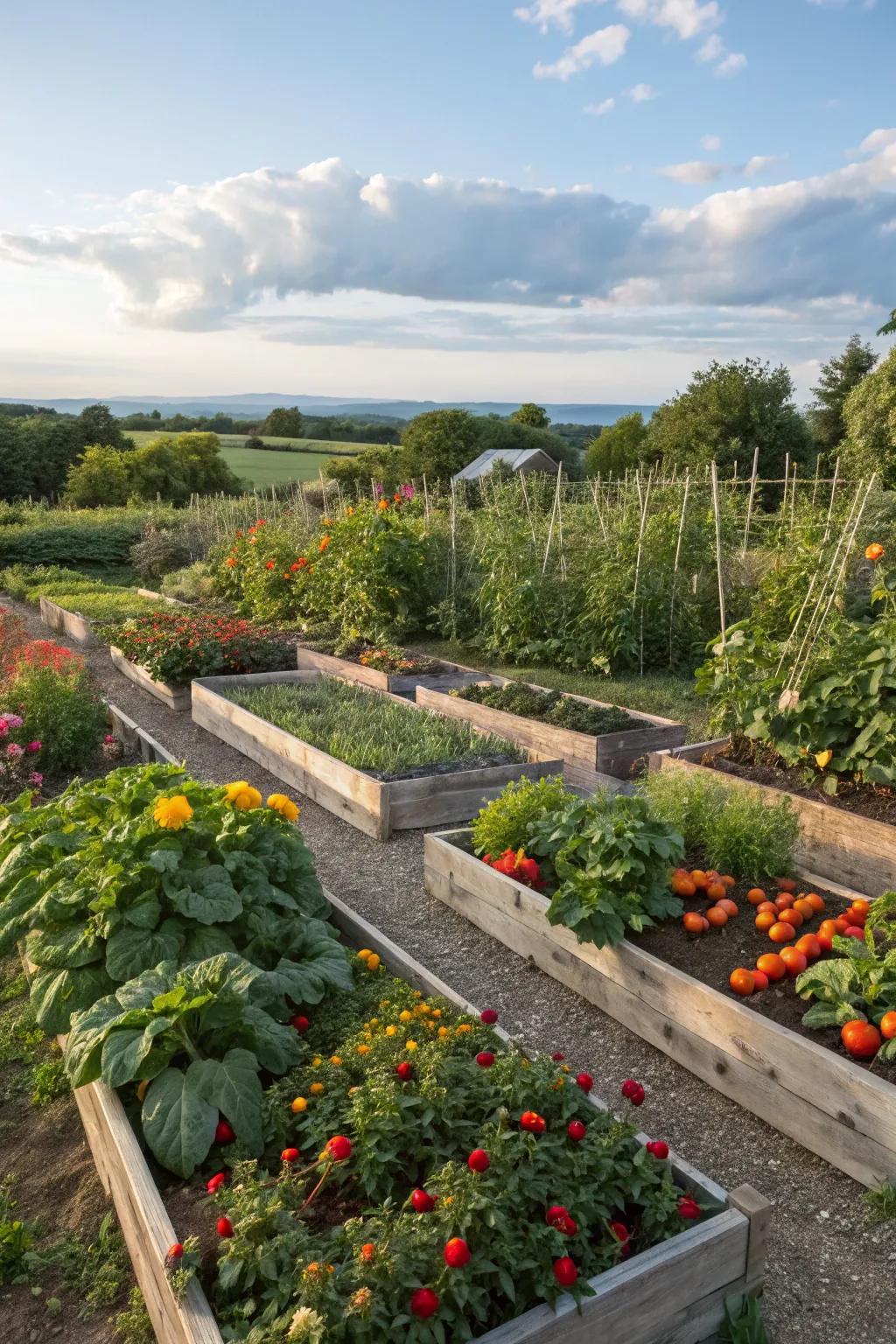
Raised beds can solve drainage issues and make gardening easier on the back.
These products might be useful:
- Wooden Raised Garden Bed: Enhance your garden’s beauty and accessibility with an easy-to-assemble wooden raised bed.
- Vegetable Garden Soil Mix: Nourish your plants for healthier growth with a premium vegetable garden soil mix.
- Garden Tool Set with Ergonomic Handles: Make gardening more enjoyable with a durable tool set featuring ergonomic handles.
7. Explore Varied Textures

Mixing different textures like grasses, shrubs, and perennials can add depth and interest.
Explore these options:
- Ornamental Grasses Seeds: Enhance your garden with ornamental grasses for a rich tapestry of textures and movement.
- Perennial Flower Mix: Add a splash of color year after year with an easy-to-grow perennial flower mix.
- Shrub Starter Kit: Diversify your landscape with a variety of robust shrubs, perfect for adding depth and structure.
8. Go Native with Your Plants

Using native plants is not just eco-friendly; it’s a smart way to ensure your garden thrives.
Try these:
- Native Plant Seed Mix: Cultivate a resilient garden by planting these easy-to-grow native seeds adapted to Maine’s climate.
- Bee and Butterfly Habitat Kit: Enhance biodiversity in your garden by attracting pollinators with this habitat kit.
- Sustainable Garden Mulch: Nurture your native plants with this eco-friendly mulch, ensuring soil moisture and nutrient retention.
9. Install a Rain Garden
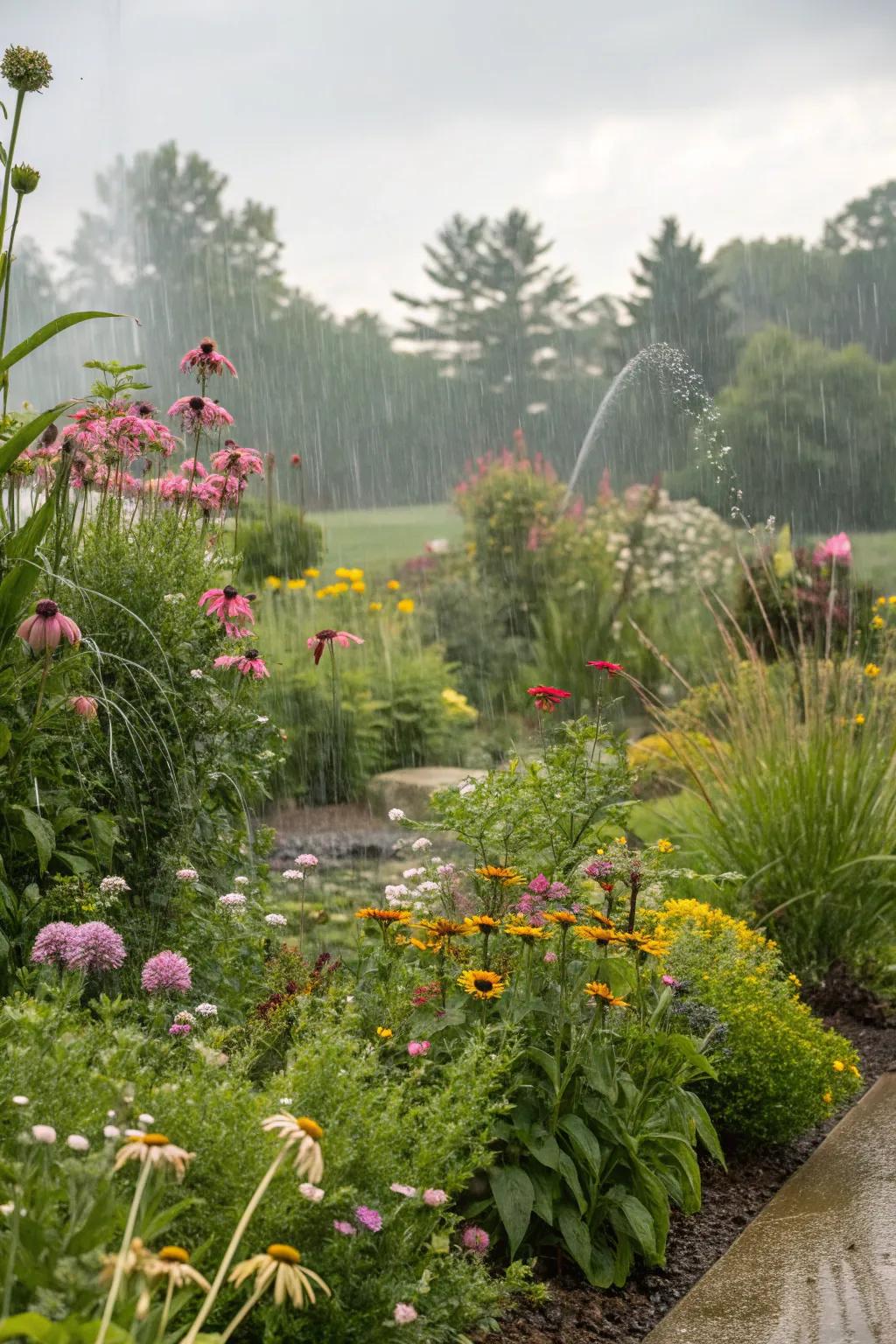
A rain garden not only helps manage stormwater but also adds unique beauty.
Check if these fit your needs:
- Rain Garden Plant Collection: Enhance your garden’s beauty with vibrant, water-loving plants tailored for rain gardens.
- Garden Soil for Rain Gardens: Improve soil drainage and plant health with specialized garden soil for rain gardens.
- Decorative Garden Stones: Add texture and style with durable stones that compliment your rain garden design.
10. All-Season Appeal

Planning for seasonal interest ensures your garden looks great year-round.
You might give these a try:
- Evergreen Shrub Seeds: Plant evergreen shrubs to enjoy lush greenery and structure in your garden every season.
- Winter Berry Bush Seeds: Introduce berry bushes for a splash of color that lasts throughout the colder months.
- Outdoor Garden Path Lighting: Enhance your garden pathways with charming lights for year-round beauty and safety.
11. Highlight Coastal Views

If you’re lucky enough to live near the water, make the most of those coastal views.
Some handy options:
- Low-Growing Ground Cover Plants: Enhance your landscape with low-growing plants that maintain open views of the beautiful coast.
- Outdoor Adirondack Chairs: Relax and take in the stunning ocean vistas with comfortable outdoor lounging chairs.
- Solar Pathway Lights: Illuminate your garden paths without obstructing the view, adding charm and safety at night.
12. Incorporate Edible Plants
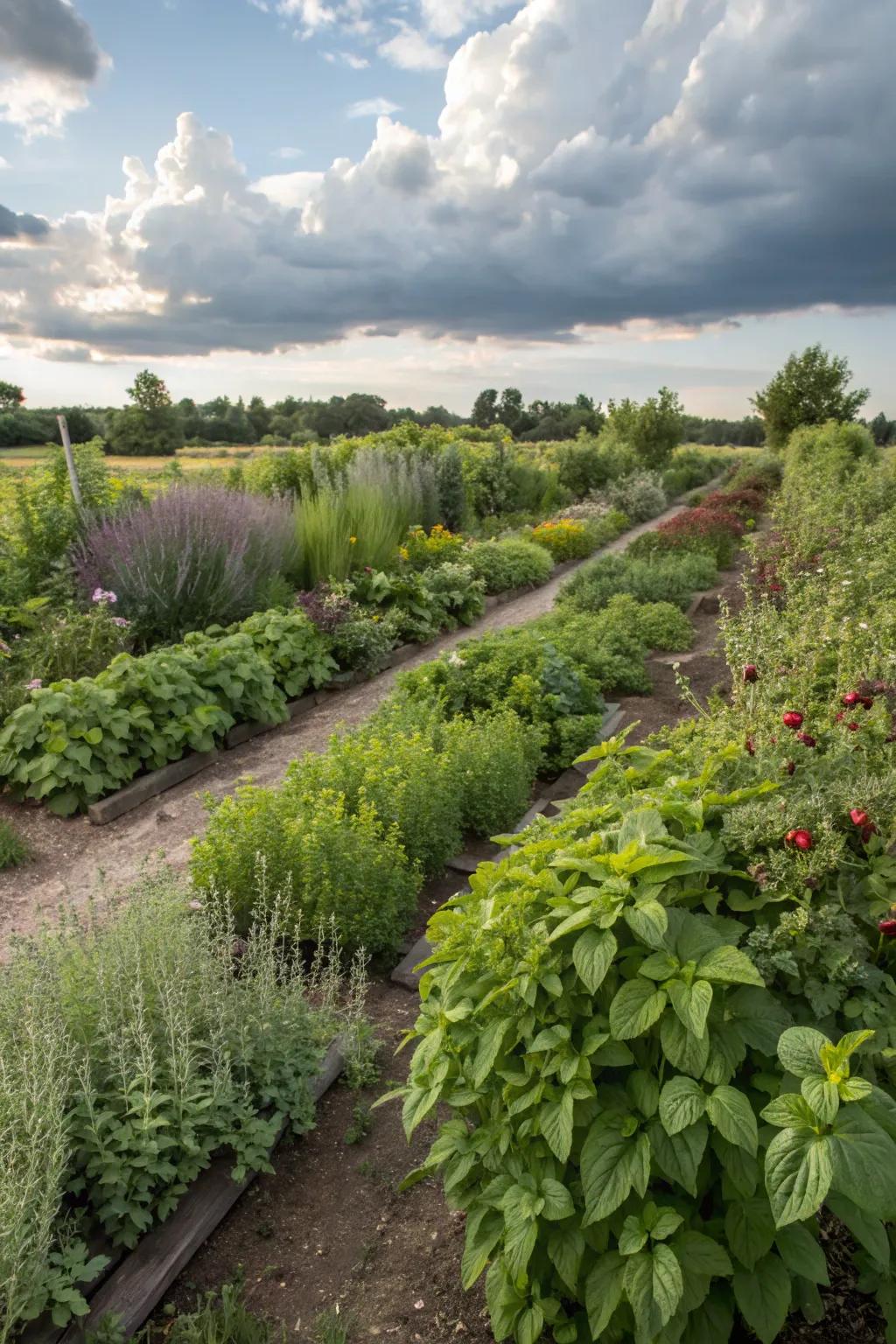
Mixing edible plants with your ornamentals can be both beautiful and practical.
Check these products out:
- Berry Plant Starter Kit: Grow delicious berries in your garden with ease and enjoy fresh snacks anytime.
- Herb Garden Seed Pack: Enhance your garden and cooking with a variety of fresh, fragrant herbs.
- Vegetable Planter Raised Bed: Create an organized, productive garden space for your favorite vegetables and herbs.
13. Integrate Water Features
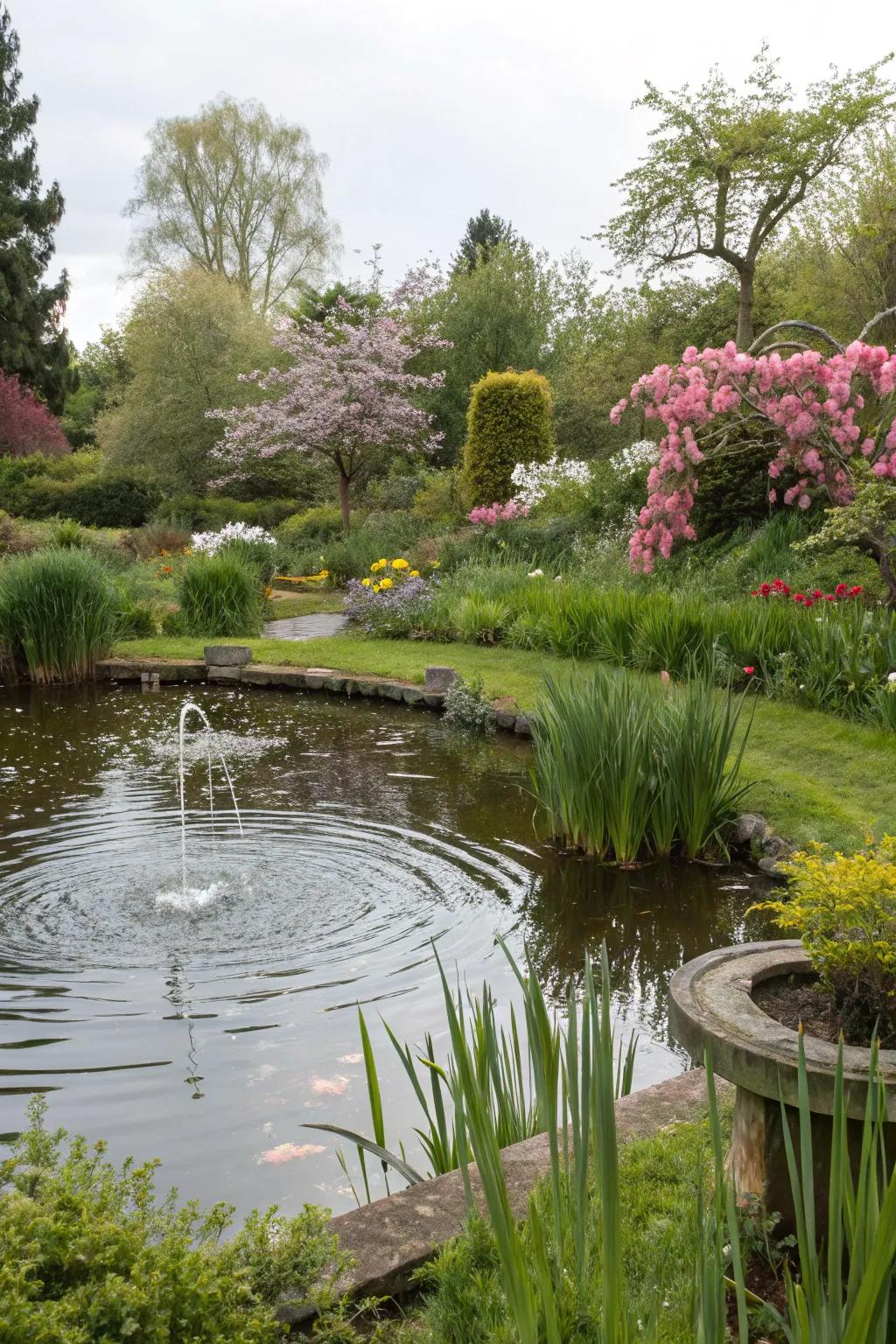
A small water feature adds a soothing sound and a touch of tranquility.
May just do the trick:
- Garden Pond Kit: Create a tranquil oasis with this easy-to-install garden pond kit. Enjoy soothing sounds today.
- Solar Water Fountain Pump: Add eco-friendly elegance to your garden with a solar-powered water fountain pump.
- Outdoor LED Pond Lights: Enhance your water feature with ambient lighting. Transform your garden into a nighttime paradise.
14. Colorful Flower Beds

Vibrant flower beds can turn your yard into a kaleidoscope of colors.
Useful items to consider:
- Assorted Flower Seed Mix: Enhance your garden with vibrant blooms using a diverse mix of annual and perennial seeds.
- Organic Plant Fertilizer: Boost bloom growth and color vibrancy with eco-friendly, nutrient-rich organic plant fertilizer.
- Decorative Garden Edging: Define your flower beds elegantly with stylish, weather-resistant garden edging solutions.
15. Elegant Entryways
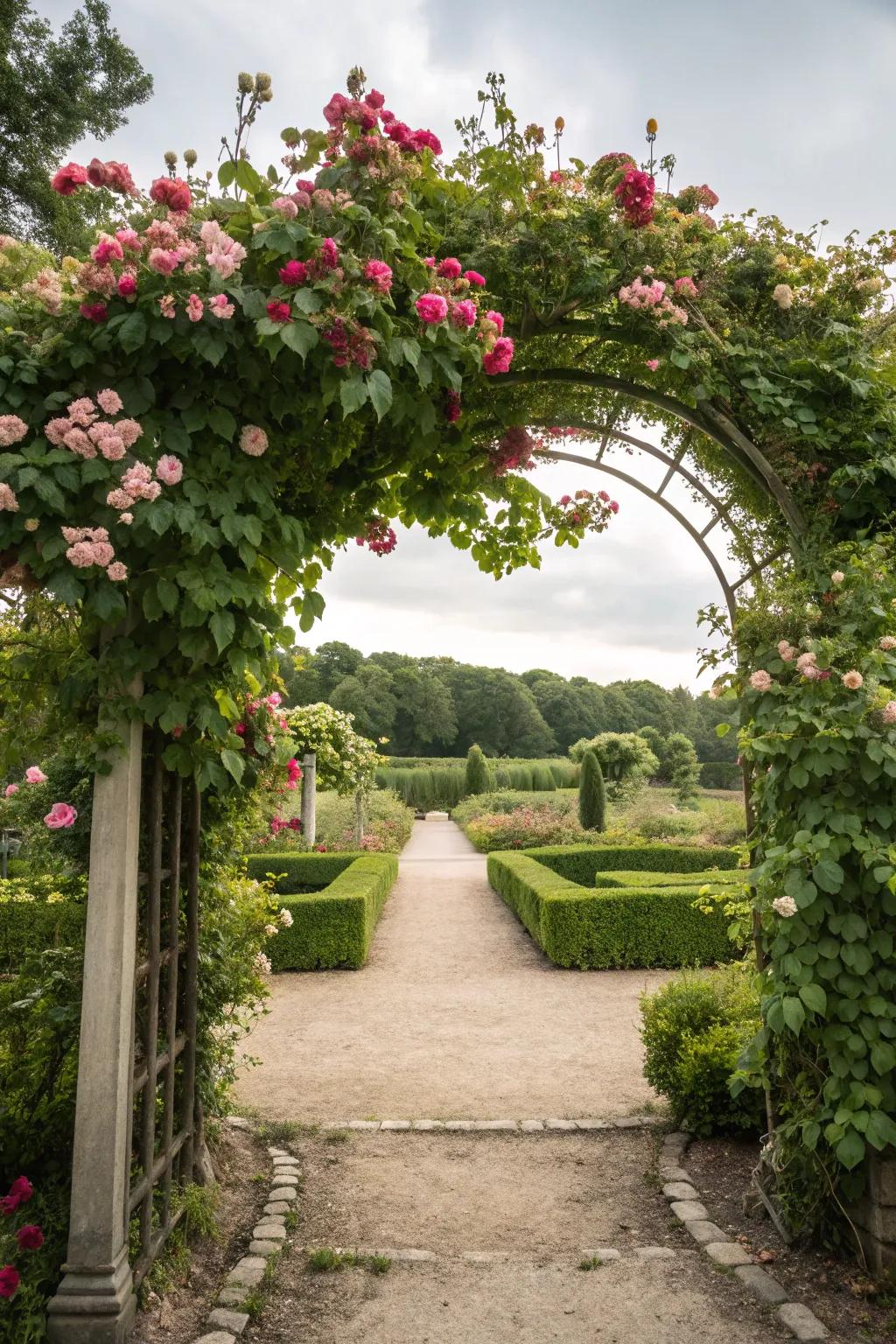
A well-designed entryway sets the tone for your garden experience.
Might be a good match:
- Garden Arch Trellis: Enhance your garden entryway with a classic arch trellis for climbing plants or decor.
- Climbing Roses Seeds: Plant climbing roses to adorn your trellis with vibrant color and stunning fragrance.
- Solar String Lights: Illuminate your garden entryway at night with eco-friendly solar string lights.
16. Create Relaxed Garden Spaces
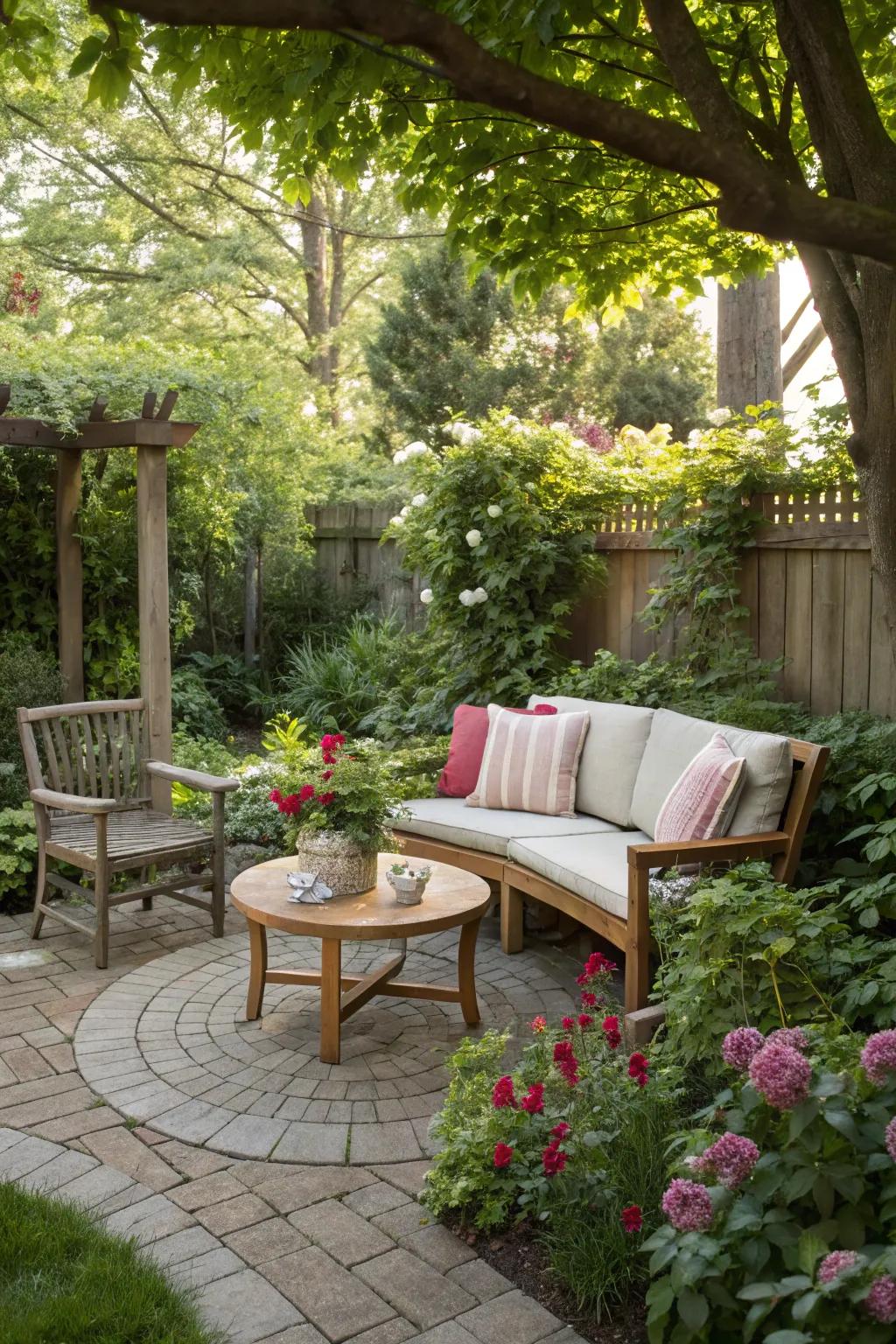
Designing relaxation areas is key to enjoying your garden’s beauty.
Possibly helpful picks:
- Outdoor Wooden Patio Furniture Set: Transform your garden with stylish wooden furniture perfect for unwinding and entertainment.
- Garden Pergola with Climbing Plants: Enhance your relaxation area with a pergola for shade and a touch of greenery.
- Decorative Outdoor Throw Pillows: Add comfort and style to your seating area with colorful, weather-resistant pillows.
17. Structured Walkways
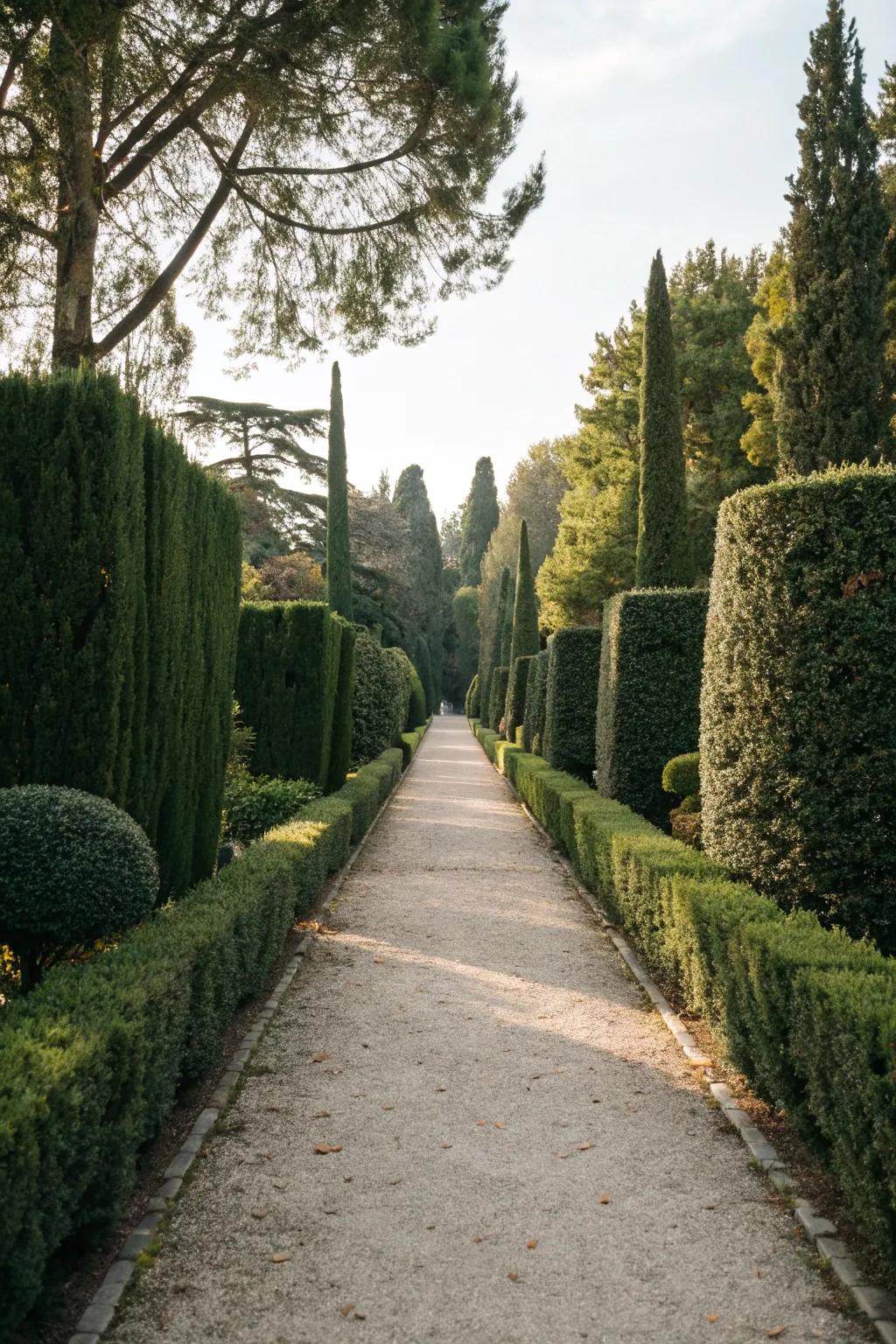
Designing structured walkways can add elegance and function to your garden.
Products that could assist:
- Outdoor Pathway Lights: Illuminate your garden walkways and add a touch of elegance to nighttime landscapes.
- Garden Edging Stones: Define your walkway with stylish edging stones for a clean and organized appearance.
- Gravel or Pebble Path Filler: Enhance walkway aesthetics and prevent weeds with durable gravel or pebbles.
18. Create a Scented Garden Section
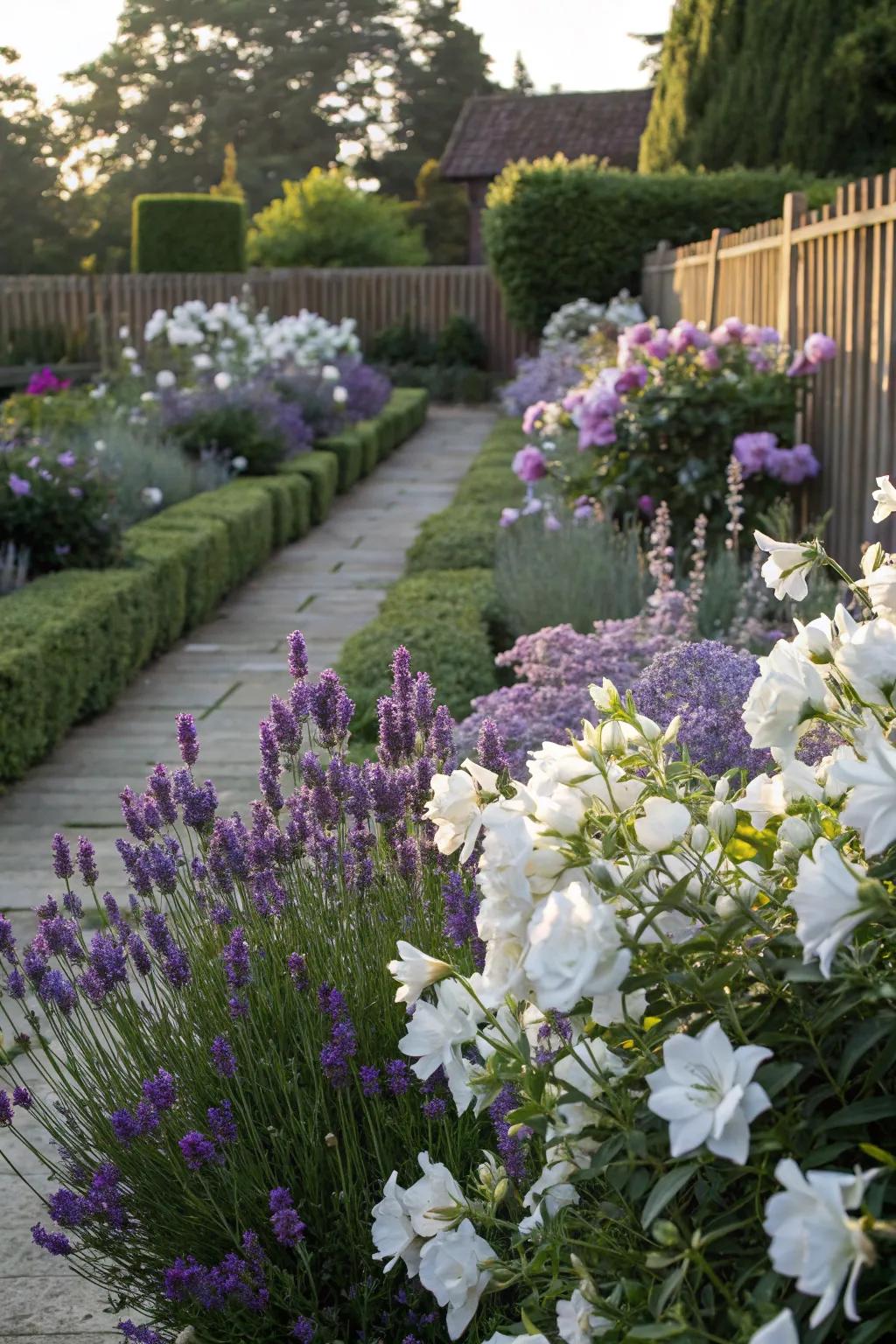
A section dedicated to scented plants can make your garden a sensory delight.
A few helpful options:
- Lavender Plant Seeds: Grow fragrant lavender for a soothing, aromatic garden space that attracts pollinators.
- Gardenia Bush: Add elegance and fragrance with a gardenia bush, perfect for any scented garden area.
- Rose Bush Fertilizer: Enhance rose growth and fragrance with specialized fertilizer for vibrant, healthy blooms.
19. Try Vertical Gardening
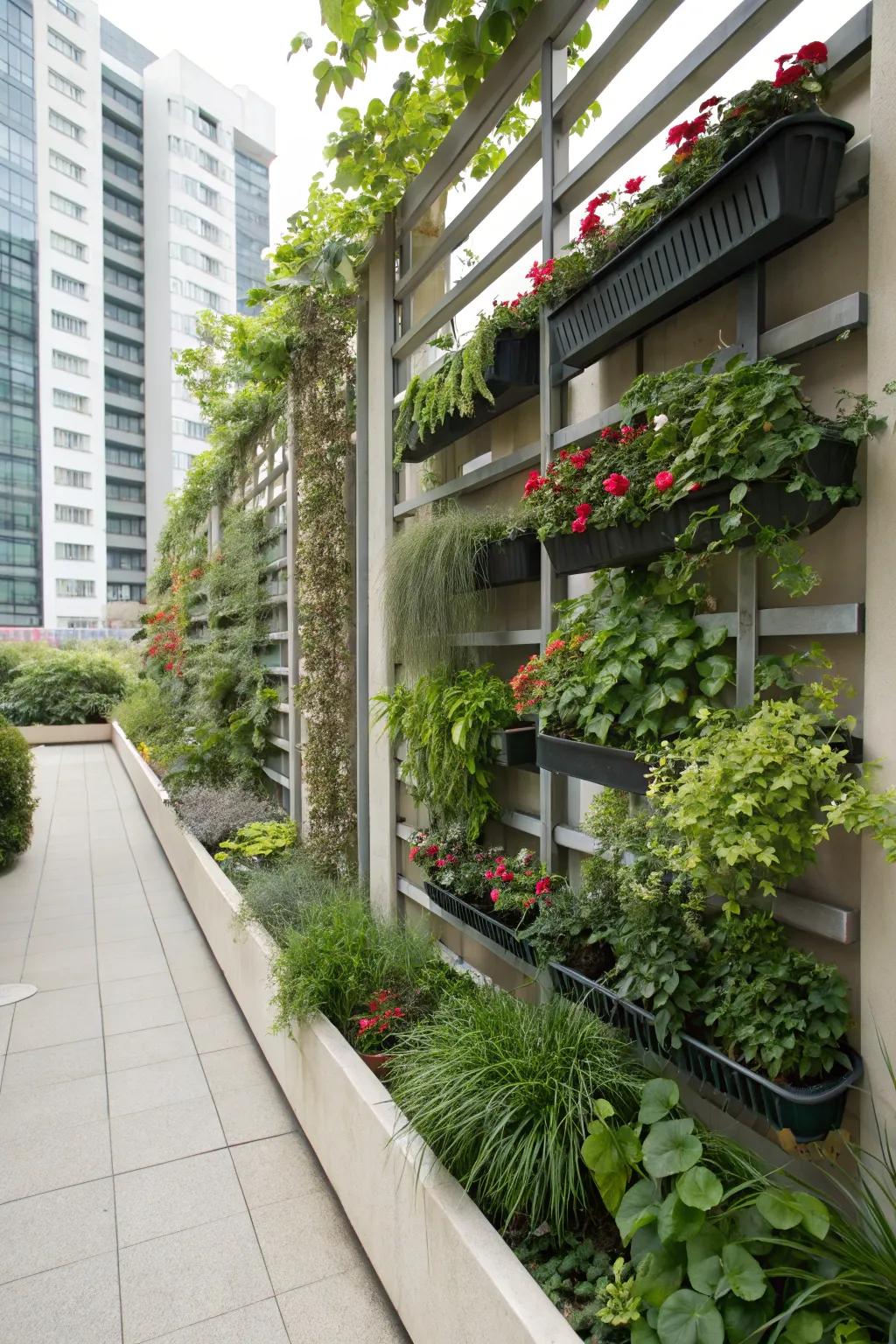
Vertical gardening is a great way to maximize space and add visual height.
Some ideas to consider:
- Wall-Mounted Planter: Transform your wall into a lush garden with easy-to-install wall-mounted planters.
- Garden Trellis: Enhance vertical gardening with a trellis for a beautiful, layered plant display.
- Hanging Planter Set: Add vertical interest with stylish hanging planters perfect for small spaces.
